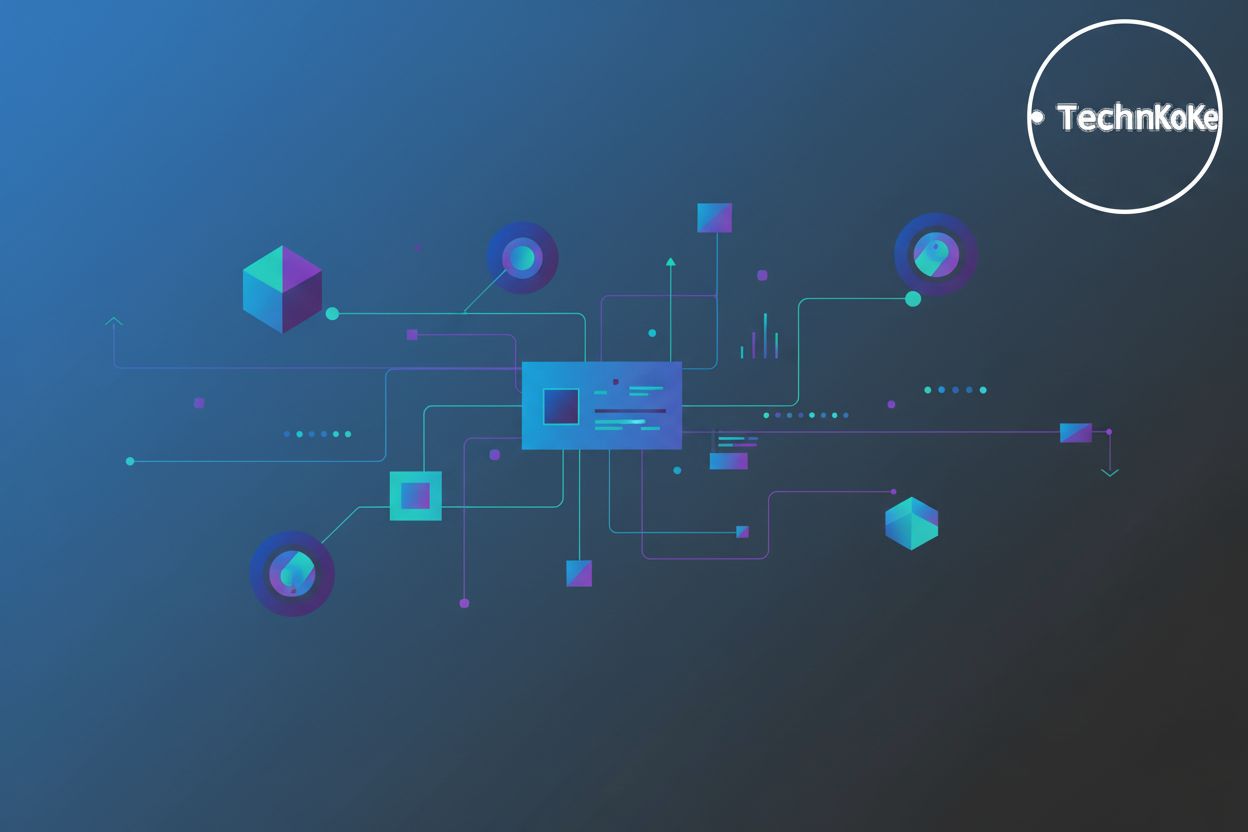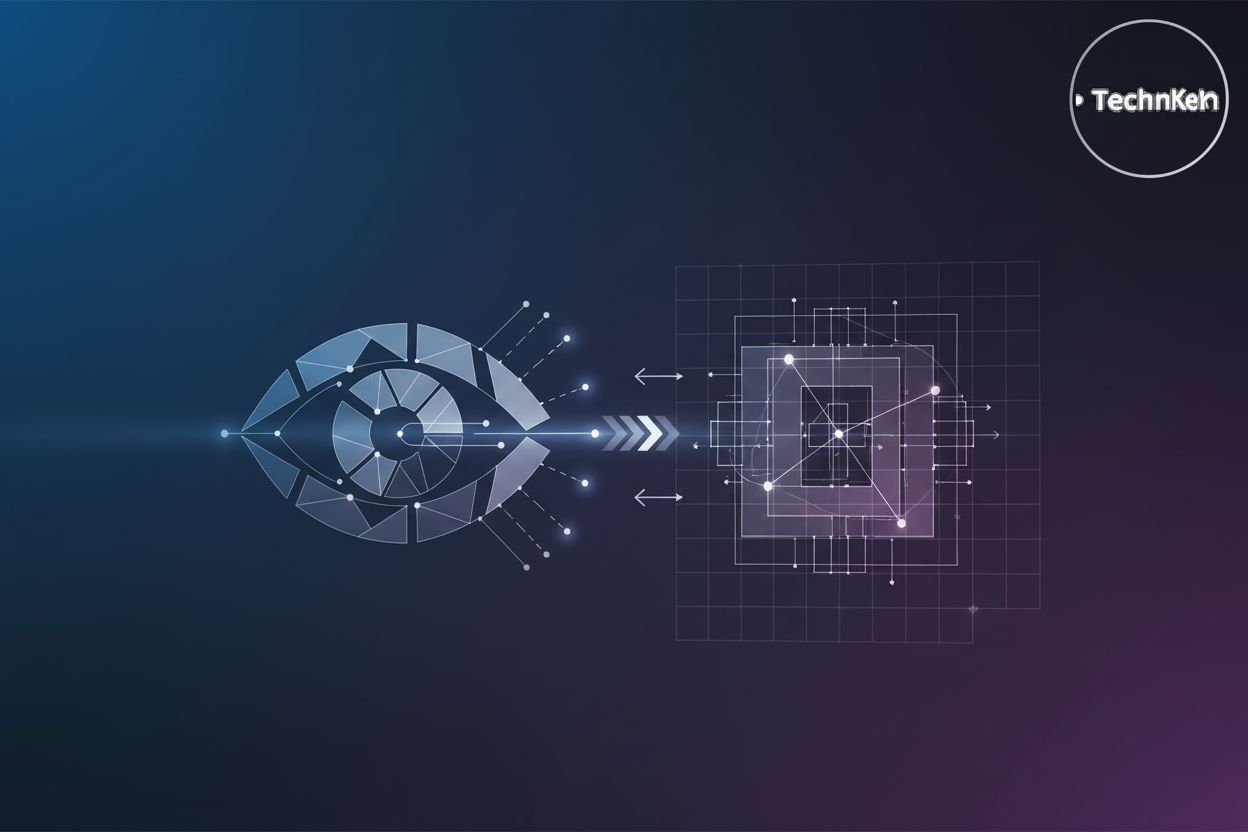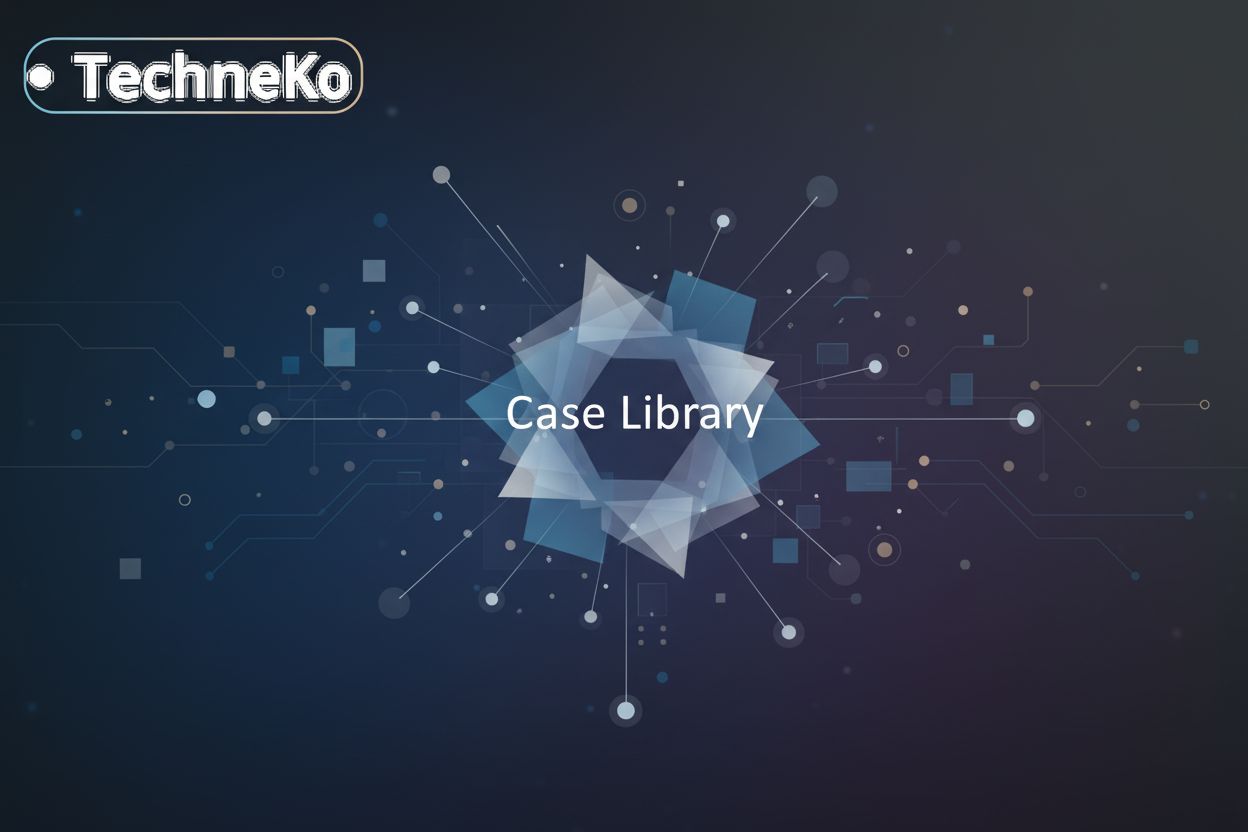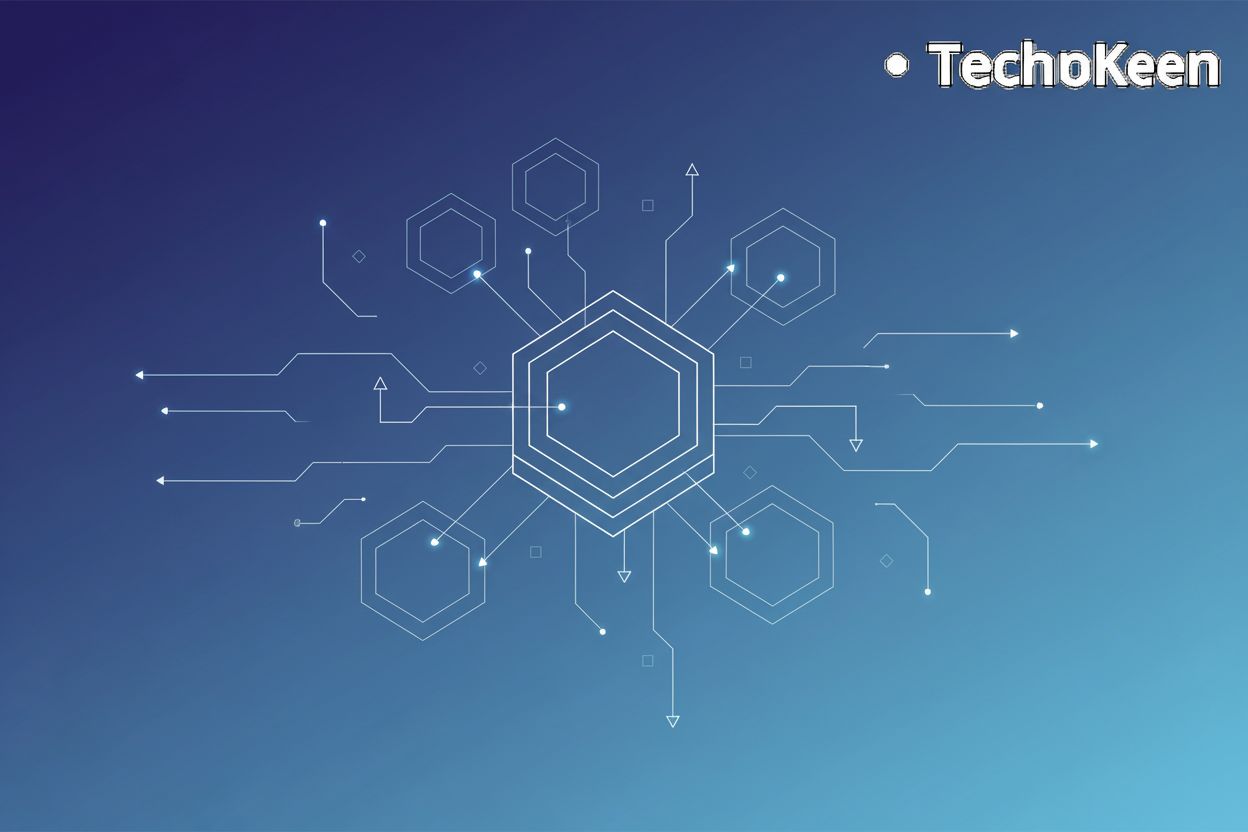What is Class Activation Mapping?
TL;DR
Introduction to Class Activation Mapping (CAM)
Okay, so you're probably wondering what Class Activation Mapping (CAM) is all about. It sounds super technical, but it's actually a pretty cool way to peek inside those "black box" CNNs!
- CNNs, while powerful, can feel like magic – we don't always know why they make certain predictions.
- CAM helps us visualize which parts of an image the CNN is focusing on. Think of it as shining a light on the decision-making process.
- It generates heatmaps, highlighting the image regions that most influenced the classification, or the prediction.
Imagine a CNN trained to identify different dog breeds. CAM can show you exactly which pixels the network used to identify a Golden Retriever versus a Labrador. It's like seeing through the ai's eyes! It can also be used in healthcare; imagine a CNN trained to recognize cancerous cells - using CAM, the AI can show you exactly which parts of the slide to focus on.
So, how does it do all this? Let's dive into how CAM solves this interpretability problem.
How Class Activation Mapping Works
Alright, so you wanna know how Class Activation Mapping, or CAM, actually works, huh? It's not as scary as it sounds, promise. Basically, it's like reverse-engineering a CNN's thought process to figure out what parts of an image it's paying attention to.
Here’s the gist of how cam works:
- Convolutional layers are key. These layers are the workhorses of CNNs, extracting features from images. Think of them as filters that detect edges, textures, and patterns. Without them, you don't have anything to map.
- Global Average Pooling (GAP) simplifies things. GAP reduces the dimensionality of these feature maps, making the model easier to interpret. It's like summarizing the key points from a long document. Instead of flattening the layers to pass it to a regular neural network, it averages each feature map to produce a single value. CAM methods use heatmaps by weighting the feature maps from a convolutional layer according to their relevance to the target class. The weights for this combination are derived from the fully connected layer's connections to these feature maps. Specifically, the weights from the fully connected layer that connects to the GAP output are used to create a weighted sum of the feature maps, forming the activation map.
- Fully connected layers make the call. A fully connected layer takes the output from the GAP layer and makes the final prediction. This is where the classification happens, determining what the model "sees" in the image.
Imagine you're using a CNN to classify images of different types of buildings. The convolutional layers might detect features like windows, doors, and roofs. The GAP layer then averages these features, and the fully connected layer uses these averages to predict whether the building is a house, an office, or a skyscraper.
CAM isn't just for image classification, though. It can also be used in object detection. Imagine using it to detect defects in manufacturing, like identifying cracks in a product. By visualizing which parts of the image the CNN is focusing on, you can quickly identify the location of the defect.
So, that's the basic process. Now that we've covered the core process, let's get a little more technical and dive into the math behind CAM.
Advantages and Limitations of CAM
Class Activation Mapping is like giving a pair of glasses to your AI, so you can see what it sees, and how it makes decisions. But is it perfect? Nah, nothing ever is.
It's pretty simple to understand, once you get past the jargon. Instead of just blindly trusting the AI, CAM hands you a visual aid.
Helps you understand which features the CNN is focusing on. This is super useful for debugging, imagine finding out your self-driving car is focusing on the sky instead of the road!
Enables weakly supervised object localization. This means CAM can identify salient regions that are indicative of an object's presence, even without precise bounding box annotations, unlike fully supervised object detection which requires exact bounding boxes.
Doesn't require retraining the network. This is a big one, you don't have to spend days or weeks re-training your model just to get a peek inside.
Requires a specific CNN architecture with GAP - turns out, it's kinda picky about the kind of AI it works with. If your CNN doesn't have that Global Average Pooling layer, you're outta luck.
Not applicable to all computer vision tasks. It's great for image classification, but if you're doing something else, like, say, generating photorealistic cats, CAM won't exactly help.
Limited to models where the last conv layer is followed by GAP. This is just a more technical way of saying it has limitations.
May not provide high-resolution localization. Sometimes, that "heatmap" it gives you is kinda blurry.
These limitations, particularly the architectural constraints, paved the way for more generalized approaches like Grad-CAM.
Next up, we'll dive into the math behind CAM.
Gradient-weighted Class Activation Mapping (Grad-CAM)
Okay, so you're thinking, "CAM has limitations, now what?" Well, buckle up, because Gradient-weighted Class Activation Mapping (Grad-CAM) is here to save the day! Think of it as CAM's cooler, more versatile cousin.
Grad-CAM is like, a generalization of CAM. It's like taking the original concept and making it work for way more situations.
- One of the biggest deals is that it ain't picky about the CNN architecture. You don't need that Global Average Pooling (GAP) layer that CAM needed.
- Instead, it gets all fancy and uses gradients to figure out how important each part of the image is. Gradients, man, they're like the secret sauce.
So, how does it actually work? It's not as scary as it sounds, I promise.
- First, it calculates the gradient of the target class with respect to those feature maps we talked about. It's like asking, "How much does changing this feature map affect the final prediction?"
- Then, it applies global average pooling to those gradients. This step derives the weights for each feature map. By averaging the gradients for each feature map, we get a single value that represents the importance of that entire feature map for the target class.
- Next up, the feature maps are weighted by those pooled gradients. This tells us which feature maps are most important for predicting that class.
- And then, a ReLU function is applied to keep only the positive correlations. We only care about the parts that help the prediction, not hurt it.
- Finally, all this turns into a heatmap that highlights the important regions. Voila!
So, Grad-CAM is a pretty solid tool, but it's not a miracle worker. It's all about knowing when to use it and what to expect. Now that you understand the core of Grad-CAM, let's explore some of its advanced, fine-tuned variations.
Fine-Tuned Versions: Grad-CAM++, Score-CAM, and Layer-CAM
Okay, so you've heard about Grad-CAM, but did you know there are even more ways to figure out what your CNN is focusing on? Think of these as fine-tuned editions – like a deluxe version of your favorite app.
Grad-CAM++ is like giving your ai a pair of glasses with a really good prescription. It improves upon Grad-CAM by addressing its limitations with low spatial footprints. You know, when the thing you're trying to identify is small in the image? Grad-CAM++ scales pixel gradients by different factors.
- This helps the ai focus better and allows for better localization.
- It also uses higher-order gradients for more accurate results.
Score-CAM throws gradients out the window and uses model confidence scores instead. It's like asking the model, "Hey, how sure are you about this?"
- It replaces gradient calculations with actual model outputs.
- Score-CAM performs a series of operations, including feature map extraction, upsampling, and masking. The model's confidence scores are used to weight the contribution of each feature map. Upsampling projects these weighted feature maps back to the original image resolution, and masking helps to refine the final heatmap by focusing on relevant areas indicated by the confidence scores.
Layer-CAM takes a more holistic approach, leveraging multiple layers in the CNN. Kinda like using all your senses instead of just one.
- It enhances gradients using both intermediate and final convolutional layers.
- By combining information across layers, Layer-CAM offers higher resolution. The gradients from different layers are integrated, often through a weighted sum or other combination methods, to produce a more detailed and precise heatmap. This process allows for better localization and per-location precision.
- You can expect flexible localization and per-location precision.
These fine-tuned versions of Grad-CAM offer different advantages and trade-offs. Knowing when to use which one? Well, that's the next challenge.
Applications of Class Activation Mapping in AI Agent Development
Class Activation Mapping? Bet you're wondering how that helps you. Turns out, it's pretty useful for ai agents.
- Debugging models: Spotting where your model’s going wrong. For instance, Grad-CAM's flexibility allows for debugging a wider range of models compared to original CAM, helping you identify if your self-driving car is focusing on the sky instead of the road.
- Data quality: Makes sure your model is paying attention to the right stuff in your training data. CAM helps assess data quality by identifying if the model is learning spurious correlations or focusing on irrelevant parts of the image in the training set, ensuring it's not just memorizing but truly understanding.
- Building trust: Helps explain ai decisions, so people aren’t blindly trusting a black box.
Think of it like this: instead of just accepting that your ai agent made a decision, CAM lets you see why. This helps you fine-tune and improve it.
So, if you're building ai agents, CAM could be the key to better performance and trust.




